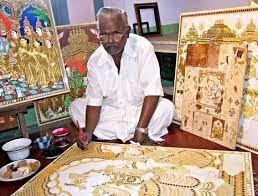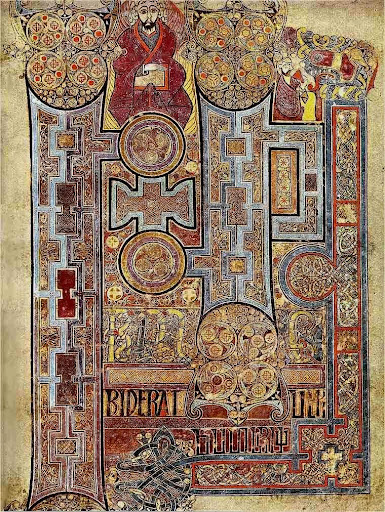
From Stone to Screen: A Look at Calligraphy Tools Throughout the Ages

The art of calligraphy has played a significant role in the development of human civilization, especially in communication, religion, and art. The history of calligraphy dates back to ancient times when humans used various materials to create letters and symbols on different surfaces, such as stone, clay, and papyrus. The tools used in calligraphy have evolved over time. However, the basic principles of calligraphy have remained the same, emphasizing precision, elegance, and balance.
One of the earliest forms of calligraphy is Chinese calligraphy, which originated in the Shang dynasty (1600-1046 BCE) and has remained an essential cultural practice ever since.
Similarly, Arabic calligraphy has also played a crucial role in Islamic art and culture, with calligraphers developing a range of scripts to represent the Arabic language aesthetically.
In the West, calligraphy has been practiced since the ancient Greeks and Romans, with scholars and scribes using various writing instruments to create beautiful manuscripts and inscriptions.
Over time, various tools and materials have been used to create calligraphic works. Here are some of the most common tools that have been used for calligraphy from the start of time until now:Reeds: One of the earliest tools used in calligraphy was the reed pen, made by cutting and shaping a thin reed or bamboo stick. The reed pen was widely used in ancient Egypt, Greece, and Rome.

Quills: Quill pens were introduced in Europe in the Middle Ages and quickly became the most popular tool for calligraphers. They were made from the feathers of geese, swans, and other birds and cut and shaped to create a sharp point.

Brushes: Brushes have been used for calligraphy in China and Japan for centuries. These brushes are made from animal hair, such as goat, horse, or weasel, and are used to create thick and thin lines.
The materials used in both Manuscript gilding and Tanjore painting have evolved over time. In the past, gold leaf was made by hammering thin sheets of gold with a special tool called a gilder’s tip. The gold leaf was then cut into small squares and applied to the surface using an adhesive made from egg whites. Today, gold leaf is produced using machines and is available in a variety of sizes and thicknesses.
Fountain pens: Fountain pens were introduced in the late 19th century and quickly became a popular tool for calligraphers. These pens have a reservoir of ink that feeds into the nib, making them easier to use and more consistent than earlier tools.
Automatic pens: Automatic pens are a type of pen with a wide, flat nib that can create thick lines. They were introduced in the early 20th century and were popular for creating posters and other large-scale calligraphy.
Calligraphy markers: In recent years, calligraphy markers have become popular as easy-to-use tools for beginners. Today, many calligraphers use markers, such as brush pens or felt-tip pens, to create calligraphic works. These markers come in a range of colors and line widths, making them versatile tools for modern calligraphy.

Today, calligraphy remains a vital art form practiced by artists and designers worldwide. While traditional tools like brushes and pens are still used, modern technologies like computer software and digital tablets have also been developed to aid in the creation of calligraphy. In addition, calligraphy has been adapted to various new media, such as graffiti and street art, adding to its relevance and impact in contemporary culture.
Let me know which tool is your favorite and which you want to try your hands on!
Happy Writing!




